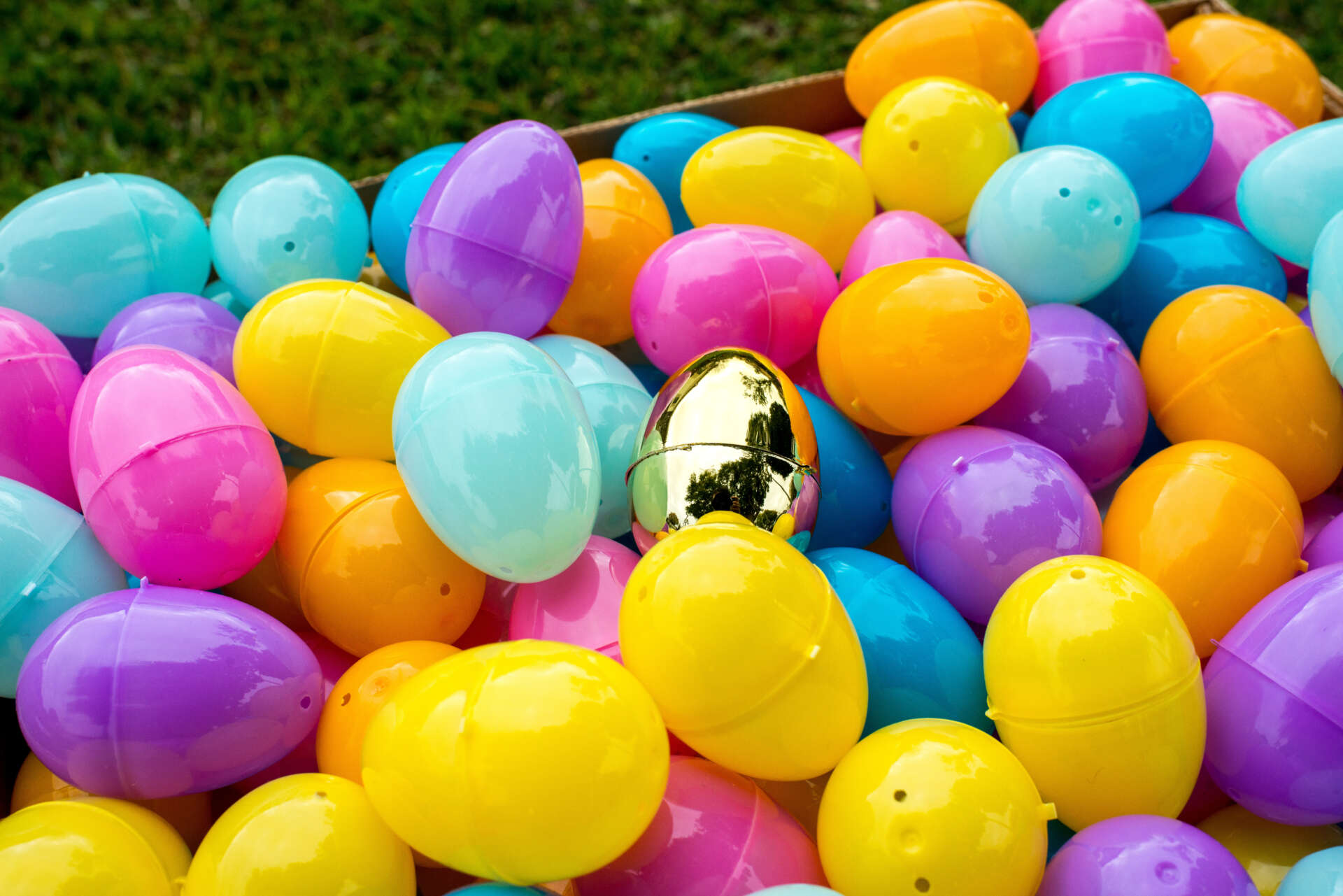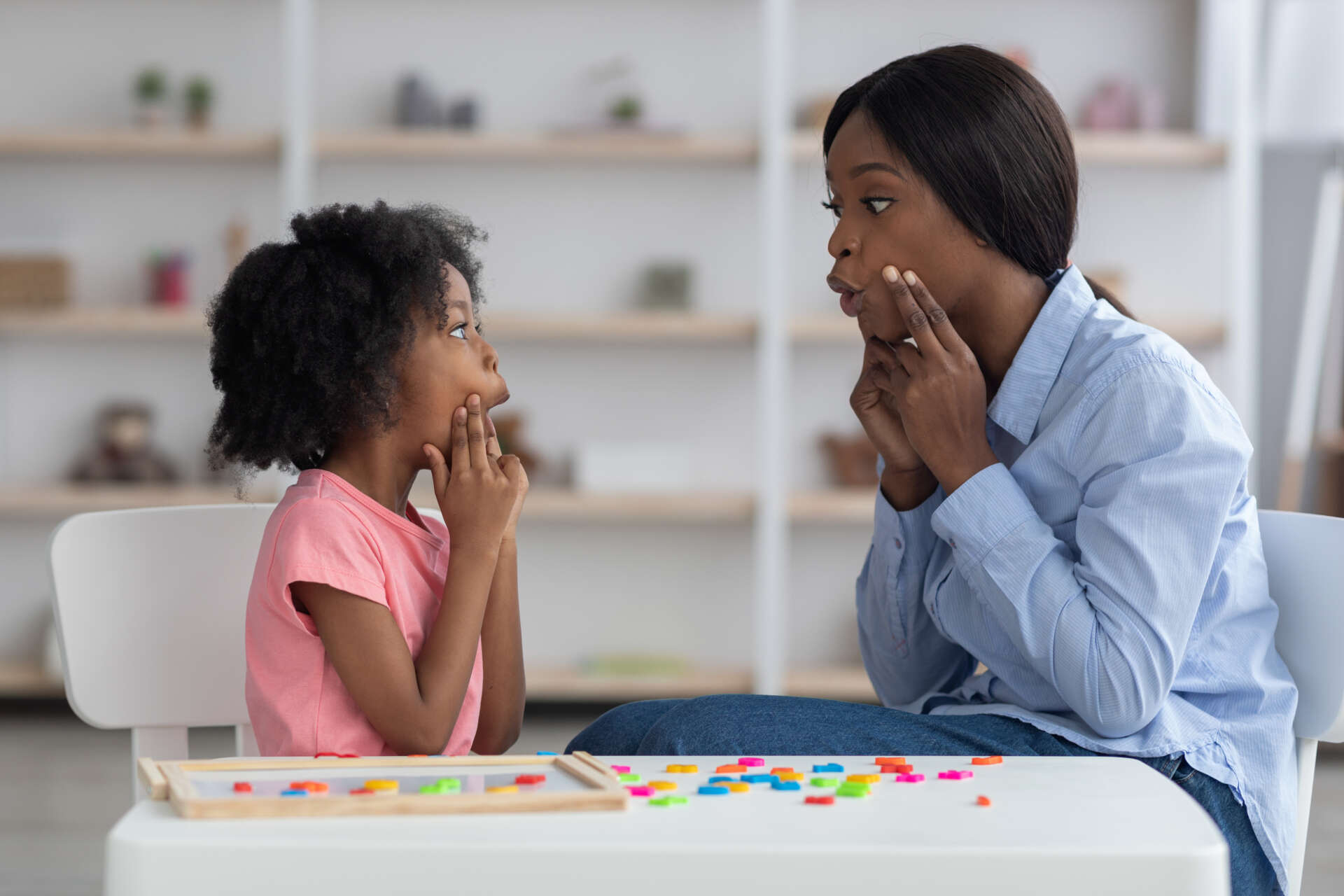Easter may have already passed, but if you still have Easter eggs lying around like most families, you can repurpose them for lots of fun speech and language activities with your child. Speech therapists love Easter because it provides so many opportunities to work on speech and language skills.
One of the first things you can do with the Easter eggs is to use them for art projects. Encourage your child to dip or roll the edges of the eggs in different colored paints and make different designs on paper. If your child is not yet using words, make sure to narrate or talk about the activity as you’re doing it and offer choices, such as asking them which color egg they want to use, which paint, and where they want to put it on the paper.
Another great use for Easter eggs is to repeat egg hunts. Children love to search for things, so hide the eggs around the house or yard and have your child find them. To work on language skills, use position words or prepositional phrases to describe where the eggs are hidden. For example, for a child who is not talking, the adult could narrate with “You found the orange egg under the couch. Good job! The orange egg was under the couch.” For an early talker, you can ask where they found an egg, and be sure to reiterate the important prepositional phrase “behind the lamp” or “next to the books” for emphasis. For more advanced language, you can have the child use a full sentence to tell you after each egg, “I found the purple egg hiding behind the curtain.” You can make it a listening and following direction exercise by directly stating where each egg is for the child to listen and find. Finally, you can make it a cognitive or reasoning game by giving clues without direct locations to see if the child will deduce the locations.
You can also use the egg hunt to work on colors, counting, and turn-taking. For colors, ask your child to find the blue egg, then the green egg, etc. For counting, have them count how many eggs they’ve found or how many eggs of a stated color. Work on math skills for how many total eggs are hiding and how many are still left to find. For turn-taking, take turns with other kids finding one egg at a time or take turns with who hides and who finds the eggs.
If you want to make the egg hunt more challenging, consider the goals the child is working on. You can put small toys or pictures of items inside the eggs so that each egg provides an opportunity to say target sounds, use sentences to describe pictures, or leads into an activity to categorize/sort items after the hunt. The possibilities are endless!
If you want to make the egg hunt more exciting or engaging, you may choose to put small toys or treats inside a few eggs. This adds a fun surprise element and encourages your child to continue the hunt or to open each egg and do the work to find or keep the surprises.
In summary, Easter eggs can be a great tool for speech and language activities with your child. Whether you use them for art projects, egg hunts, or other games, there are plenty of opportunities to work on important speech and language skills while having lots of fun!





